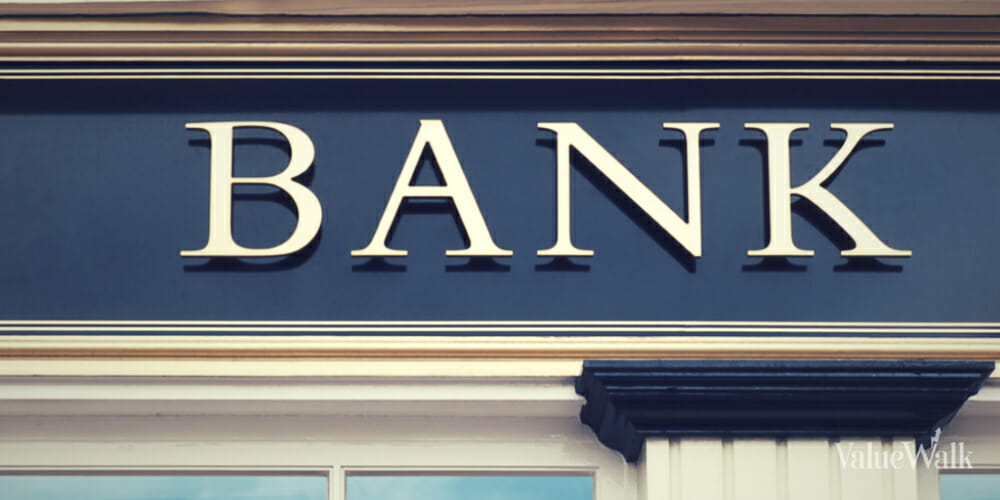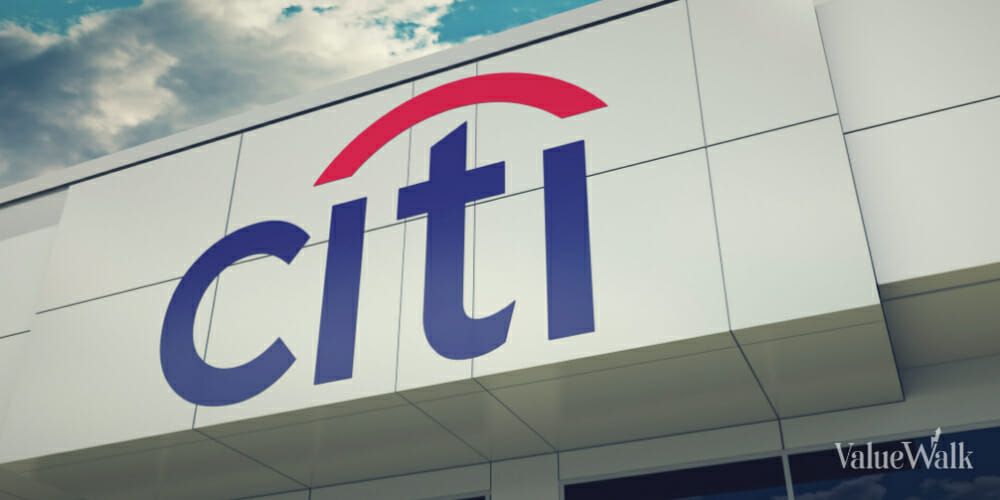One year removed from the 2023 banking crisis, which was the worst since the Global Financial Crisis in 2008-2009, the banking industry continues to recover — albeit at a slow pace.
The Federal Deposit Insurance Corporation’s (FDIC) Quarterly Banking Profile, released on Thursday, highlights some of the progress that has been made but also details some of the continuing struggles.
Let’s take a closer look at the good and bad for banks in the first quarter.
The Good
The headline numbers are indeed impressive, as the 4,568 commercial banks that the FDIC insures posted total net income of $64.2 billion in the first quarter, up 79.5% from the prior quarter.
However, some perspective is needed as the fourth quarter was the worst quarter since 2020, with only $38.2 billion in net income. Part of the reason it was so low was because of one-time special assessments that large banks had to pay to shore up the FDIC’s Deposit Insurance Fund (DIF) after it was depleted during the banking crisis last spring.
A year-over-year comparison reveals that the total net income was 21% lower in Q1 of 2024 than in the first quarter of 2023, when it was $81.7 billion. It is also lower than the $71.9 billion and $71.8 billion recorded in the second and third quarters of 2023, respectively.
Further, the 4,128 FDIC-insured community banks saw their overall net income rise 6.1% compared to Q4, reaching $6.3 billion. However, their net income still fell 10% year over year.
Whether or not this is good may be open to interpretation, but there were some other positive developments. One of them was loan activity.
While total loan and lease balances declined 0.3% from the previous quarter on a 3.2% decline in credit-card loans and 1.4% drop in auto loans, they were up year over year. Compared to Q1 of 2023, loan and lease balances were up 1.7%, led by a 10% rise in credit-card loans, a 2.4% jump in family residential loans, and a 2.4% increase in non-farm, non-residential, commercial real-estate loans.
What was even more promising was that deposits seem to be coming back, increasing for the second straight quarter. Total deposits climbed by $190.7 billion or 1.1% from the fourth quarter of 2023.
This follows a $187 billion increase in Q4 over Q3. For comparison, the industry saw a $421 billion decline in deposits in Q1 2023, which precipitated the banking crisis.
Finally, the FDIC’s Deposit Insurance Fund (DIF) jumped by $3.5 billion to $125.3 billion, mainly due to the special assessments paid by banks in the quarter. The reserve ratio improved to 1.17% from 1.15%, moving toward the goal of 1.35% by 2028.
The Bad
On the other hand, while high interest rates have resulted in higher deposit rates, they continue to be a drag on bank earnings.
A key measure of a bank’s profitability is the net interest margin (NIM), which is the difference between the interest a bank takes in on loans and the interest it pays out on deposits. In Q1, the overall NIM dropped by 10 basis points from Q4 to 3.17%, while the NIM for community banks was 3.23%, down 12 basis points.
The NIM also remains 41 basis points below the pre-pandemic average. These numbers indicate that high deposit costs remain a major factor and may not let up until interest rates start dropping.
The other negative aspect in this report is the overall decline in credit quality. The percentage of total loans that were 90 or more days past due was 0.91%, which is 5 basis points higher than last quarter and 16 basis points higher year over year.
However, the ratio remains well below the pre-pandemic average of 1.28%.
The increase primarily stems from a rise in delinquent commercial and industrial loans and non-owner-occupied commercial real-estate (CRE) loans. For the latter, the 1.59% delinquency rate is at its highest level since the fourth quarter of 2013.
Finally, the net charge-off rate, which is the percentage of bad loans that banks don’t think will ever be repaid, was 0.65%. That is unchanged from the previous quarter but 24 basis points higher than it was in the first quarter of 2023 and 17 points more than the pre-pandemic average.
The major concern is credit cards, as the credit-card net charge-off rate was 4.7%, the highest since the third quarter of 2011 and up 55 basis points from Q4.
When credit quality deteriorates, banks usually have to commit more to their provisions for credit losses, which eats into their earnings.
Should you buy bank stocks?
So far in 2024, large bank stocks are up 5.8%, according to the KBW Nasdaq Bank Index, but regional bank stocks are down 13.3%. Thus, investors interested in bank stocks should be looking more toward the large banks, as regional and small banks have much more risk.
While things are slowly improving, the economic environment of high interest rates and a potentially slowing economy presents continued challenges for banks. That is not to say there aren’t some really good deals out there right now, because there are, but investors should do their due diligence on individual bank stocks before buying.
Disclaimer: All investments involve risk. In no way should this article be taken as investment advice or constitute responsibility for investment gains or losses. The information in this report should not be relied upon for investment decisions. All investors must conduct their own due diligence and consult their own investment advisors in making trading decisions.

















